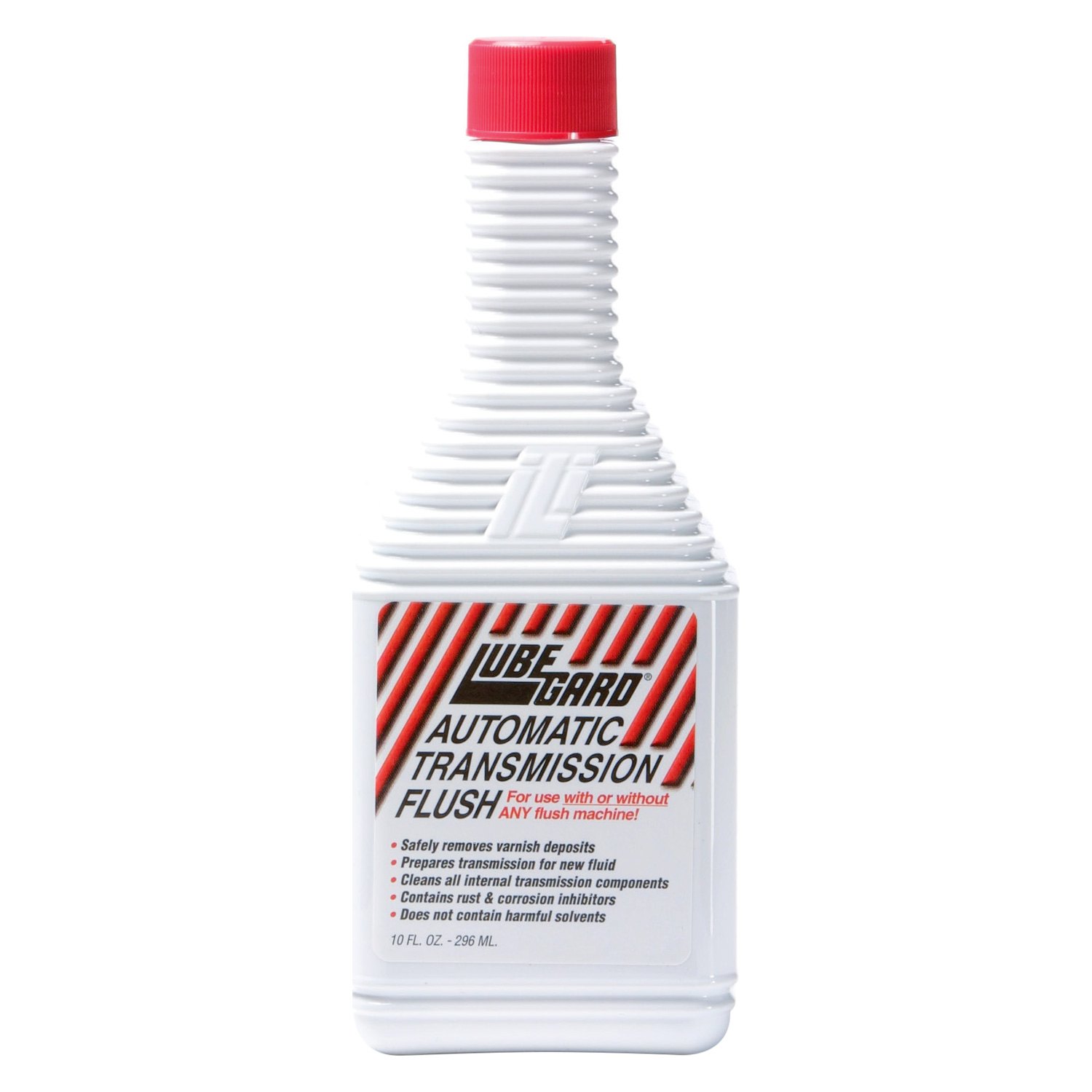



On manual transmissions, they will slip as clutches become worn. Automatic transmissions can slip from low fluid, wrong fluid, internal failure and more. There are many reasons a transmission can slip. If it is dark red, brown or looks like a ton of particles floating around, it hasn’t been serviced recently. The ideal color is bright res and clear/ This indicates it was recently serviced. Pull it out and make sure that it is within range, not too low, overfilled or really dirty looking. Inspect the fluid: Most older vehicles and some newer ones still do have a dipstick to check the fluid.If it was done at a shop or they have a purchase receipt showing it was performed at X miles or X years then that is a good sign for you to continue on with servicing it, as long as it is within the next scheduled service – not 100k miles past when it should have been done. Ask for Service Records / Carfax: This is an easy way to see the maintenance history of a vehicle.Should you change it or should you leave it alone? It really depends on the last time it was changed.

This happens a lot, you buy a car and don’t know if it was ever changed before. What if I don’t know when it was changed last? The fluid is designed to be replaced at recommended intervals, so it is a good idea to keep up with the maintenance schedule as defined by your vehicle manufacture, especially if it is still under warranty. Should you change the transmission fluid on a properly maintained vehicle?Īs long as the fluid is changed periodically, you don’t have much worry when it comes to your transmission. Just because it hasn’t been maintained doesn’t mean changing it will for sure cause any issues, but it is very common that most shop s will warn against it if it has never been changed before. Although they may not damage the transmission itself, they actually allow the transmission to shift properly as the miles accumulate.Īfter fluid is old and clutches wear down, you may want to think twice about changing your transmission fluid if you have an older vehicle that hasn’t been changed as recommended. If you don’t ever drain your transmission fluid, these will remain circulating in the transmission. Particles and debris are flushed out when you change the fluid on a vehicle. Should you change the transmission fluid on an unmaintained vehicle? So although new fluid may cause the transmission to start having issues, in reality, the issues were already there, you just brought them to light after changing the fluid. New fluid doesn’t contain this material and may not grip as well, causing slippage. The old fluid had contained particles that actually helped shifting, making it grittier to allow better gripping. If you go and replace the fluid after they are already worn out. The issues start to appear when you change the fluid if your clutches are already worn or damaged from use. With that said, should you change the transmission fluid? How often should you change it?Ĭhanging your fluid cannot cause any damage by itself, if everything is fine inside the transmission. This is because the old fluid will contain clutch material from being in there over time and can actually be helping the transmission to still shift gears. If your fluid has never been changed before, replacing it with new fluid can cause the transmission to start slipping, even if it wasn’t slipping before. If you neglect to change your fluid or worse, wait until you start having a transmission issue before you change it, it can have negative consequences on the transmission and can reduce the lifespan. There are very few that do not require such service, such as a completed sealed unit with no way to drain the fluid. Can Changing Your Transmission Fluid Too Late Cause Damage?Īs you may or may not know, transmission fluid is designed to be changed at regular intervals just like any other fluid on vehicles.


 0 kommentar(er)
0 kommentar(er)
